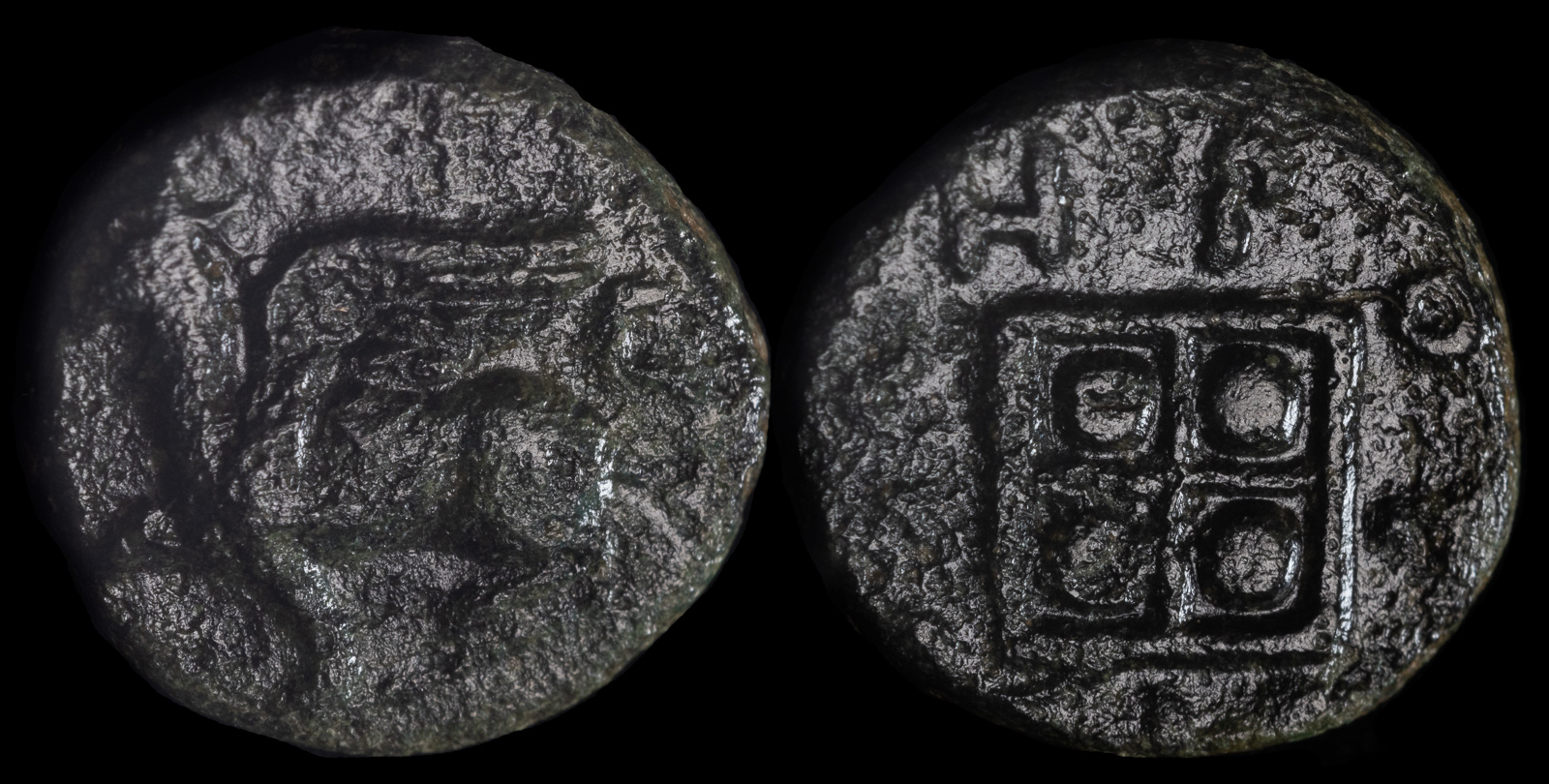Pellet
View All Tags
In other cases, the pellets functioned as a form of ornamental decoration. These small dots could be used to frame or accentuate the central design, adding balance and harmony to the overall aesthetic of the coin. They were also often used to fill in space or create borders around other motifs, helping to give the coin a more symmetrical and pleasing appearance. This decorative function underscores the importance of art and visual appeal in Greek coinage, as well as the desire to convey a sense of order and stability through design.
Pellets also held specific religious or ritualistic significance, particularly in the coins minted by certain city-states. For example, in some coins from the city of Syracuse, the pellets were used in connection with the goddess Demeter, whose cult was particularly important in the region. In this case, the presence of the pellets may have symbolized the goddess’ nurturing power and the fertility of the land, further enhancing the religious connection between the coin’s imagery and the deity it depicted. Additionally, in some instances, the pellet could represent a form of divine protection or blessing, offering the bearer a sense of security or favor from the gods.
Lastly, the pellet’s use on Greek coinage was not always limited to symbolic representation; it also had a practical function in the minting process. The dots or pellets were sometimes used to signify the weight or denomination of the coin, helping to ensure that the value of the currency was easily understood by its users. These small marks served as an early form of quality control, ensuring consistency and reliability in the production of coins.
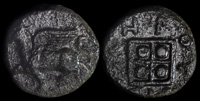
Abdera, Thrace 336-311 BCE
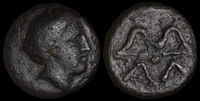
Alea, Arkadia 390-370 BCE
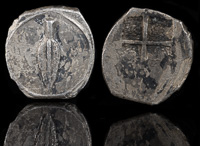
Alexander I 420 BCE

Constantine II 326-327 CE
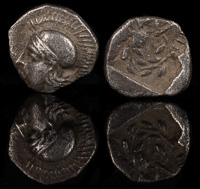
Elaia, Aiolis 350-320 BCE
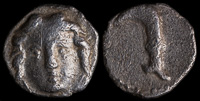
Etenna, Pisidia 250 BCE
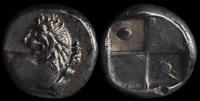
Kardia, Chersonesos 357-320 BCE

Myrmekion, Cimmerian Bosporos 470-460 BCE
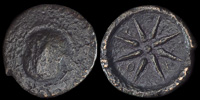
Orchomenos, Boeotia 371-364 BCE
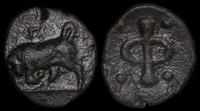
Phlious, Phliasia 400-350 BCE
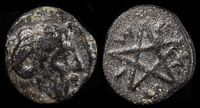
Pitane, Mysia 350-300 BCE

Uncertain, 4th century BCE
